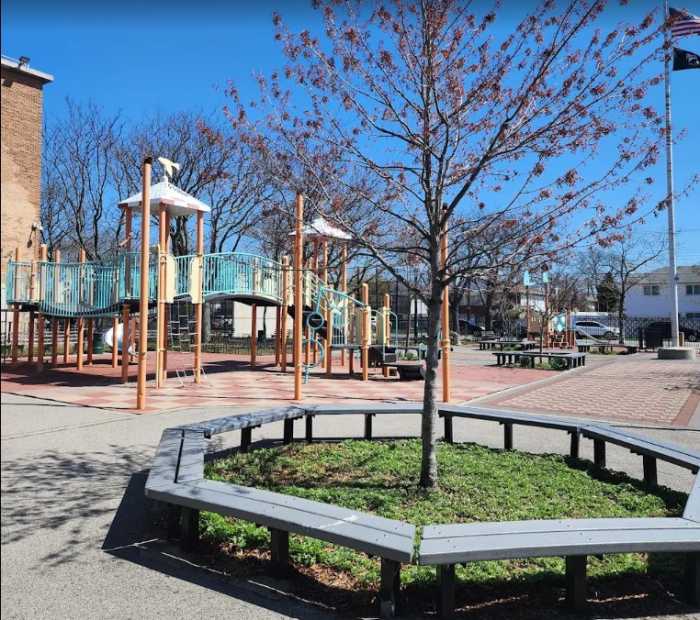By Joan Brown Wettingfeld
The fire raged uncontrollably from Maiden Lane to Coenties Slip, from William Street to the East River, covering a thirteen acre area. The fire would not be quenched for two weeks. Losses were estimated at three times the cost of building the Erie Canal. Because of the lack of residential housing in the area, thankfully, only two people died.New York City from earliest times was plagued by enormously destructive fires with little means to overcome this potential source of violent destruction . One such disaster took place in September of 1776 and destroyed fully a quarter of the city's homes.At that time General Howe, Commander of the invading British forces, believed that the fire had been started by rebels and he had many New Yorkers arrested as suspected arsonists. Rumors had been rife that the rebels would rather destroy the city than surrender it, so his suspicions were well-founded, though the patriots countered his claim, insisting that the British had been responsible.By the early 19th century one of the most essential needs of the city was to develop an adequate water supply, not only for disease control, but also for fire protection. When Cornelius Van Wyck Lawrence was elected mayor in 1834 five sources supplied the city: The Manhattan Company, the “Tea Water Pump”, Knapp's Spring, public pumps and imported casks. The water was not only scarce but so unpalatable that it nearly destroyed the booming brewing industry for it tainted the flavor of the brew.Therefore, in the Spring of 1835 the City Council reluctantly endorsed the construction of an aqueduct and reservoir to be built with public monies. It was then that fate took a hand and pushed the city fathers to consider a rapid completion of the project.The only mechanism to fight fire in the city, which had experienced many serious fires since the days of New Amsterdam, were poorly organized volunteer fire fighting companies with outmoded equipment.On the morning of December 16, 1835, with a wild gale blowing, and temperatures plummeting to zero, a fire blazed out of control in the downtown warehouse district, near Merchant and Pearl streets. Most of the buildings were flimsy in construction and made of wood. Even those made of brick and stone, like the Merchant's Exchange with its prominent statue of Alexander Hamilton, were soon beyond salvaging. To make matters worse those who responded to the call found that the water had frozen solid in the outlets and hydrants, and firemen and citizens stood by helplessly and watched as 700 structures within a 17 block area were consumed by flames. The blaze raged for three days and was visible as far as Philadelphia.The “Great Fire of 1835”, as it is called, took place as we mentioned during the tenure of Cornelius Van Wyck Lawrence as mayor,and is considered the worst in the city's history. Estimated losses reached $18-20 million and many insurance companies were driven to bankruptcy. Later investors claimed that the fire was a major contributing factor to the Panic of 1837.Despite its terrible effect, the tragedy of the fire had an important impact on the city's future for it not only forced a revision of the building codes, but more importantly it pushed to the fore the task of providing a more certain water supply for the city and ushered in the Croton Water System. It was ,in some respects, a blessing in disguise.Cornelius Van Wyck Lawrence served as mayor of New York from 1832-1837. He died in 1861, and is buried in the landmarked Lawrence Family Graveyard in Bayside. Joan Brown Wettingfeld is a historian, free-lance writer. E_Mail: JBBAY@AOL.com




































